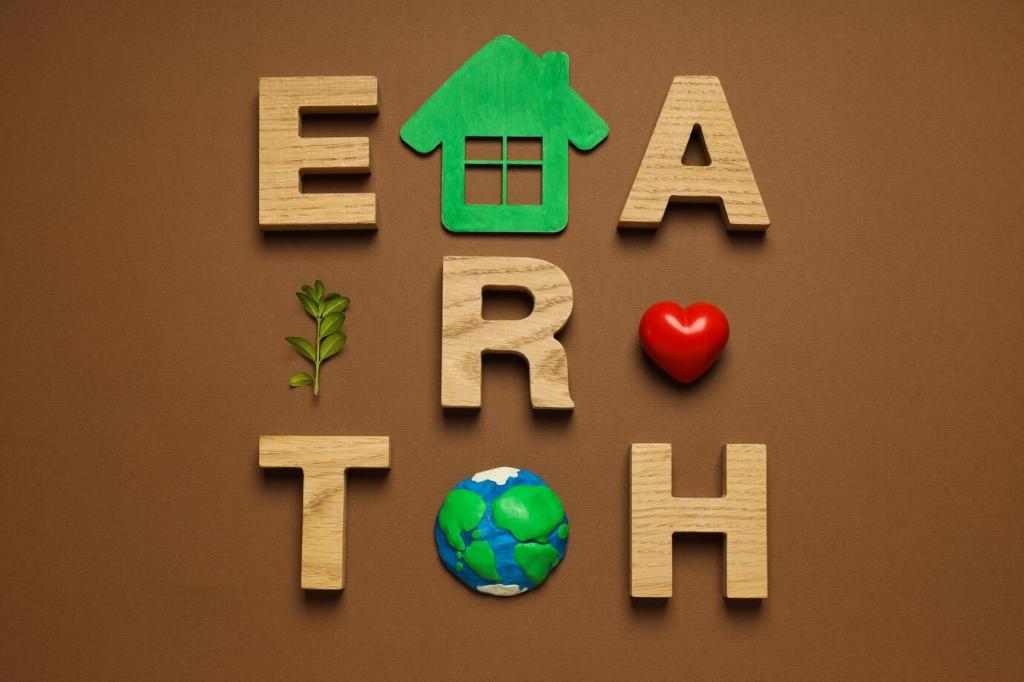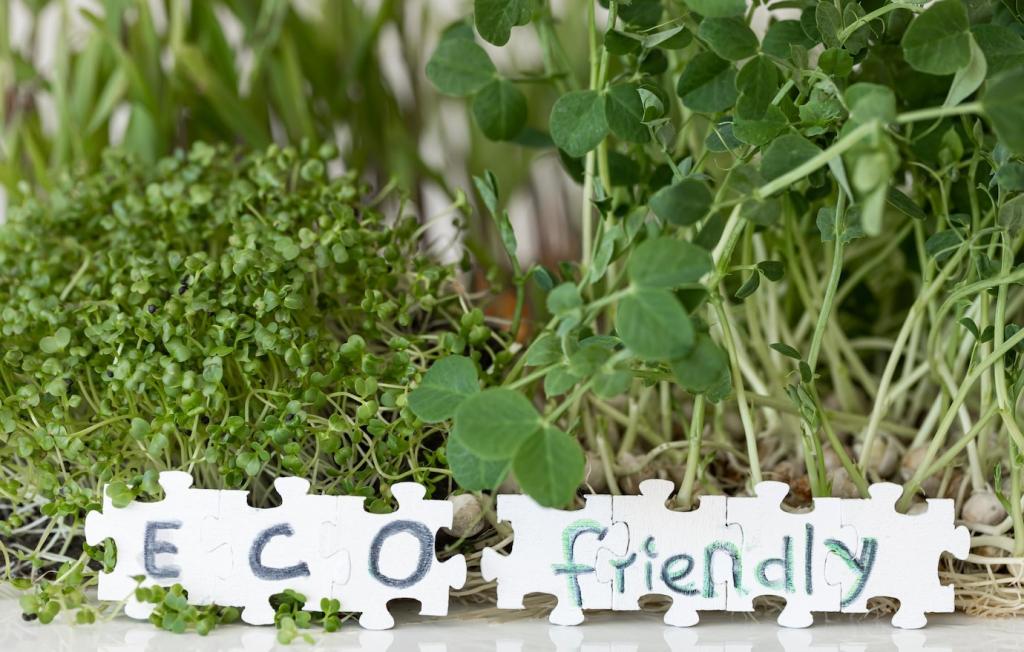What Makes Flooring Truly Sustainable
Sustainability starts with life cycle. Seek materials with lower embodied carbon, documented via Environmental Product Declarations. Bio-based floors can store carbon, while local manufacturing slashes transport emissions. Ask suppliers for data, not slogans, and compare impacts before deciding.
What Makes Flooring Truly Sustainable
Floors and adhesives can emit VOCs that affect health. Choose low- or zero-VOC products, including finishes and underlayments. Ventilate during installation, verify third-party emissions certifications, and request Safety Data Sheets. Your lungs matter as much as your lifestyle goals.
What Makes Flooring Truly Sustainable
Look for respected labels: FSC for wood and bamboo, FloorScore or GREENGUARD Gold for low emissions, and Declare labels for material transparency. Chain-of-custody documents prevent greenwashing. If claims seem vague, ask for proof or consider another product entirely.





